Should cyclists be using daytime running lights?
We shed some light on a trend that has made its way from Volvos to velos, is backed up by accident data and now has a pro cyclist-led campaign behind it
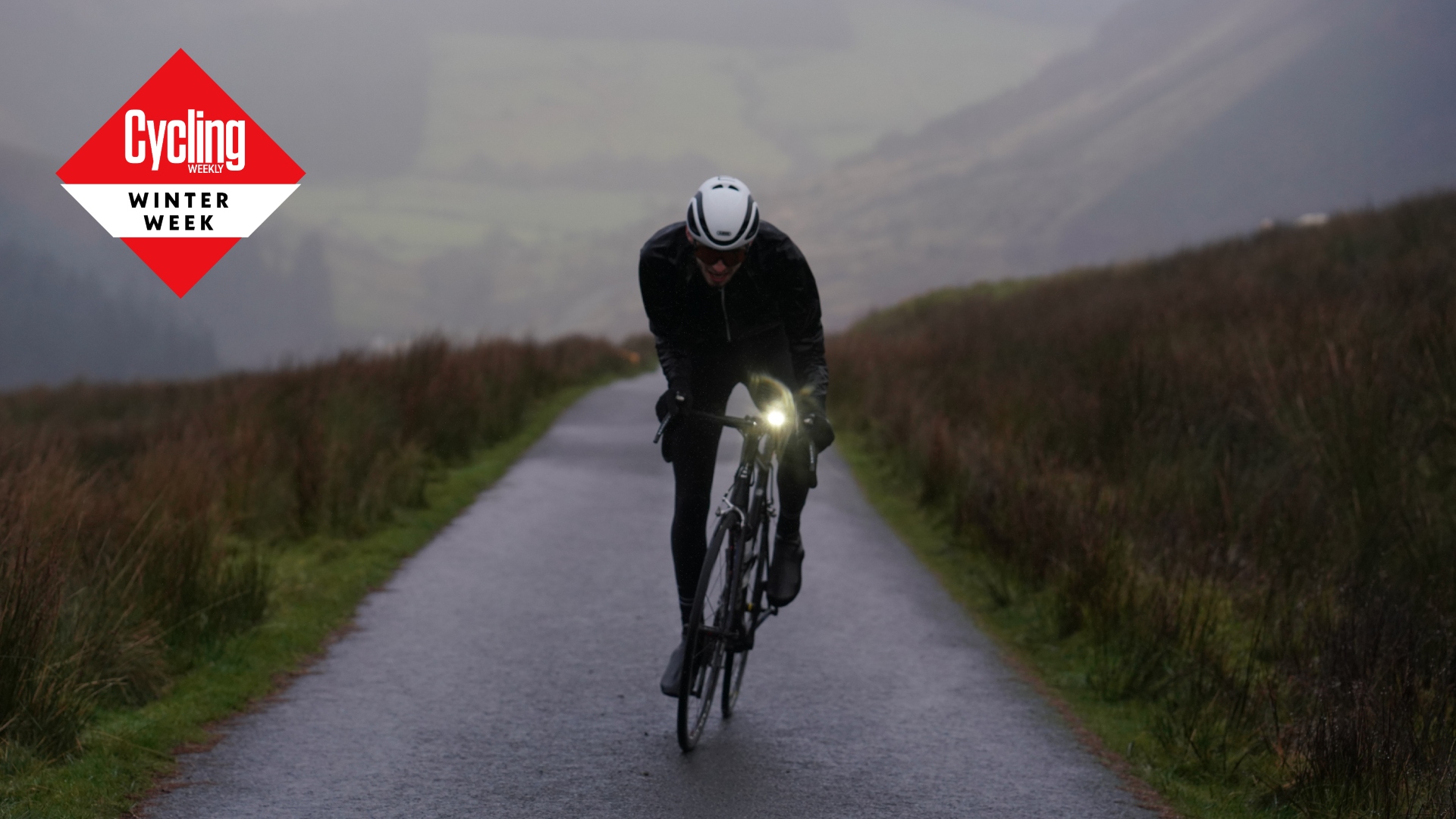

Joe Baker
It's difficult to question that good bike lights are an essential part of road bike safety. As the nights draw in, and the days become more murky, we find ourselves donning front and rear bike lights earlier and earlier in order to stay safe and comply with regulations in the dark - but should they become a more permanent fixture to our handlebars?
Though it might not be required by law to have daytime running lights fitted to your bike through the winter months, there is certainly something to be said for increasing your visibility on dull winter days.
It's something that Be Bright Wear A Light, an initiative backed by riders including three-time Tour de France winner Tadej Pogačar and former world champion Elisa Balsamo, has been campaigning on for a while now.
The movement was created by former WorldTour professional Rachel Neylan, who told Cycling Weekly that she felt a “real compulsion” to do something about cycling safety after a spate of high-profile incidents. Italian veteran Classics star Davide Rebellin was killed by a lorry in November 2022. Then in February 2023 Spanish neo-pro Estela Domínguez died after being hit during a training ride.
“Cities and regional towns are getting busier, every single place where cyclists go, even if it used to be less populated by cars,” said Neylan. “Especially since Covid we’re seeing a lot more travel, and the roads aren’t safe for cyclists anymore.
“We’re not saying this is a cure, there are obviously enormous other aspects to this problem, but this is one thing we can control, our own visibility.”
Ironically, the car industry has been pushing daytime running lights for decades. Sweden made DRLs mandatory as long ago as 1977 and in 2011 all new cars launched in the UK and Europe were required by law to be fitted with daytime running lights, with the UK government claiming: “Research has shown that DRLs are likely to reduce multiple vehicle daytime accidents and fatalities by up to 6% once all vehicles are equipped.”
Cycling has its own data: the most frequently quoted study was carried out in Odense, Denmark, in 2004 and 2005 (Madsen et al.): “Permanent running lights” were mounted to 1,845 bicycles and the accident rate was recorded through 12 months for this group and compared with a control group of 2,000 cyclists without DRLs. The study found that the incidence rate, including all recorded bicycle accidents with personal injury to the participating cyclist, was 19% lower for the DRL-equipped cyclists.
Trek uses the Madsen study in the marketing of its daytime-specific Bontrager FlareR bike lights, but goes further and claims that: “Research shows a 33% decrease in accidents for bicycles outfitted with daytime running lights” and says you are 230% more noticeable with a rear DRL. “If you do only one thing, do this,” is Trek’s message.
Environment sensors
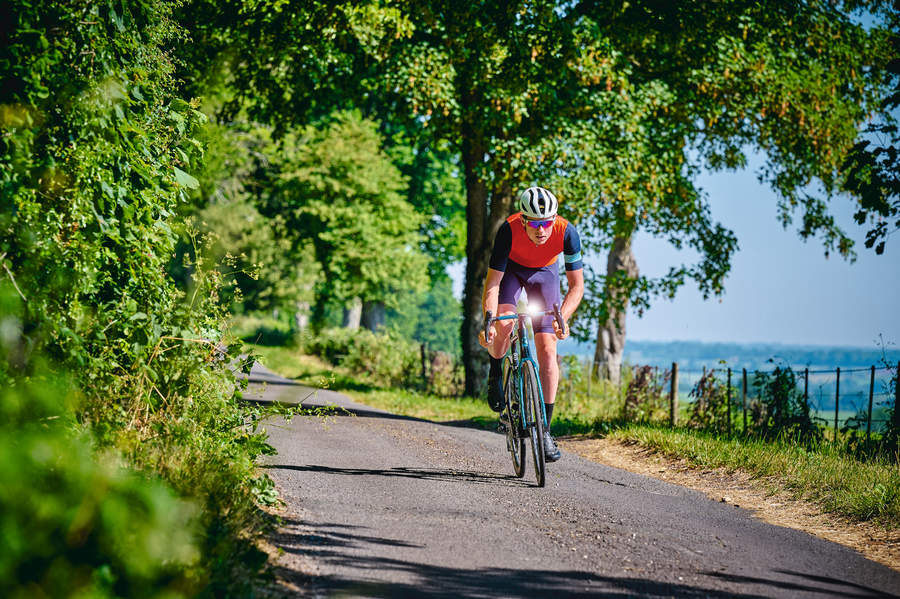
Over the last few years, bike light technology has come on leaps and bounds. Whether it's improved lumen counts on the best bike lights, or innovative functionality such as radar systems. The latter is now available across various brands such as Garmin, Bryton, and others, with lights being able to locate cars on the road, and change flash patterns appropriately in order to alert drivers to your presence.
British brand See.Sense's smart lights can also share anonymised data insights that can be used to improve cycling safety and infrastructure. See.Sense works with councils and local authorities and publishes details of its projects on its website – and this data means the brand is in a better position than those producing ‘dumb’ daytime lights to comment on their effectiveness.
CEO and co-founder Philip McAleese says: “As we’ve got over 100,000 users now we’ve got a bigger dataset to pull in and understand, and thankfully collisions are very rare in our dataset, much rarer than statistically we would expect.
“There are things it can’t tell us... we’ve got a lot of cycle commuters and can’t say whether a cycle commuter is average in this dataset, are they at a higher or a lower risk, but we know from the European research that it reduces collisions between cars and we think a cyclist absolutely benefits from it as well.”
In 2024, choices for these sorts of lights are broadening, and with increased competition, prices are becoming far more manageable too. The Bryton Gardia is a great example that brings much of the same functionality seen on the likes of the Garmin Varia down to a much more palatable sub £100 price point.
After making a huge commitment to daytime lights with SmartSense, Cannondale looks to be continuing development of its radar light system too, which actively communicates with the rider, bike and surroundings, powered by a single battery and controlled by an app.
SmartSense launched back in 2022 as standard with all but the lowest priced of its Synapse Carbon models and has just been upgraded. Cannondale’s UK marketing manager at the time, Clive Gosling, told us: “Now we have the international standard lightset that offers a much longer run time and the option of various programmable flashing modes. It’s a better option for the UK than the original SmartSense lights that were all German StVZO standard and therefore are required by law to be constant [with no flashing]. Remember SmartSense brings Garmin radar benefits to a wider audience too. Even the latest Gen 4 SuperSix EVO, Cycling Weekly’s ‘Best Climbing Bike 2023’ is compatible with our SmartSense system.”
Should the onus really be on cyclists?
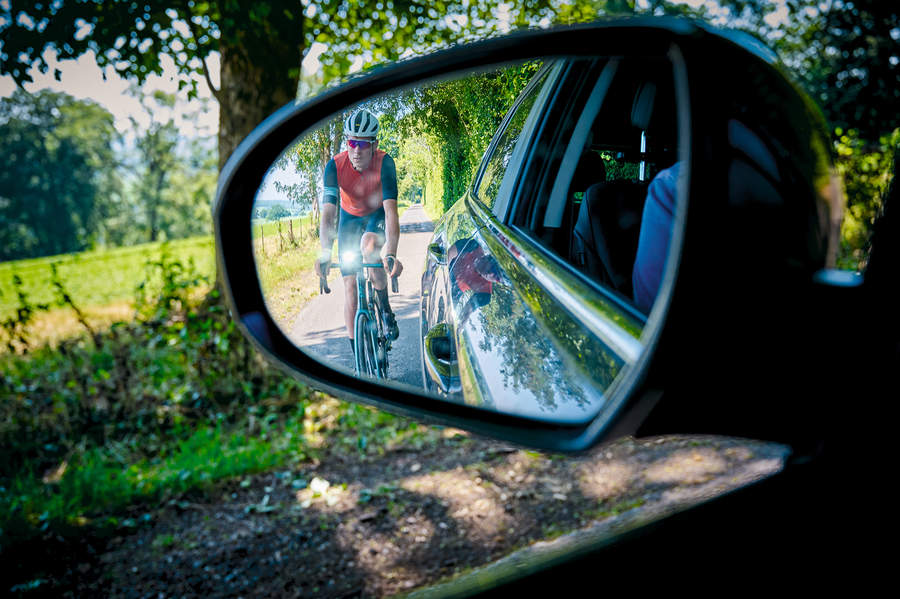
So there are some compelling reasons why you should, but it’s also important to point out that there’s no law in the UK that mandates daytime running lights. Should there be, or is this victim blaming, putting the onus on cyclists to stay safe rather than drivers to drive safely?
See.Sense’s McAleese: “Lights, hi-vis, helmets are all good ideas and good at improving your personal visibility and safety so we’re in favour of them. Are you disadvantaged by not using them? I think to a certain extent you are, but that’s your personal choice. Do you wish to have that added advantage or not?”
McAleese cites the example of Australia making helmets mandatory, even for bike share and scooter schemes: “The flipside is that you see less usage.
“When you look at the overall picture of, yes, a helmet keeps you safer but down the line a less active population will have a bigger impact on your health service because these people will not be as healthy as they could be. So mandating things does put up barriers.”
British Cycling says it feels that daytime running lights “should be viewed as an additional option alongside the fundamentals of positioning in the road, good roadcraft, group riding skills and a bit of common sense.”
BC addresses the issue on its website: “Whether you should have lights on during the day is a contentious issue amongst cyclists, with one camp singing their praises for increasing visibility and the other decrying that, like helmets and hi-vis clothing, they put an unfair onus of responsibility on cyclists.”
According to the governing body: “Not riding in the gutter and instead using the primary position – riding in the middle of a lane – will make you most visible and at the same time prevents motorists from attempting a dangerous overtake.”
Alternatively: “If the road is wide enough to allow safe overtaking and you don’t feel as though your safety or visibility is compromised, you can ride in the secondary position. This is roughly one metre to the left of the traffic flow and not less than 0.5 metres from the edge of the road. The secondary position can be especially useful on many minor roads.”
When we spoke to Cycling UK previously, Sam Jones, the national communications manager at the time, agreed. “Our stance is that if you’re cycling where you should be – further out into the road and not hugging the pavement – your positioning should make you visible enough.”
Jones also noted that the cost of DRLs could be a deterrent to cycling, but concluded that people should use DRLs if they made them feel more comfortable and safer on the road. We asked him if Cycling UK’s position had changed in the last five years and he confirmed that it had not.
RACHEL NEYLAN: PRO CYCLISTS AS A SHINING EXAMPLE
“I’m absolutely thrilled at the response to Be Bright Wear A Light and I’ve had nothing but positivity from teams, pro riders, the general public and brands,” says Cofidis rider Rachel Neylan, who set up the campaign in February. “Everyone is rallying behind it. It’s taken people by surprise that this is brand agnostic, purely created by pro cyclists driven by the desire to reduce tragedy.”
Neylan continues: “We have the evidence from the [daytime running light] studies, but anecdotally the power that professional cyclists have, spending more time on the road than anybody else, that’s enough.
“There’s no point wondering whether DRLs might have prevented tragedies in the past – we’re just looking totally forward and trying to encourage the cycling community, families, kids, to adopt the habits that the pros adopt now. Showing people that it’s normal to use lights during the day, and it’s cool!”
We say
Using daytime running lights remains the rider’s decision. Modern rear LED lights are lightweight, powerful and rechargeable so while there are no performance barriers they do represent another cost. We wouldn’t say they’re a bad idea, and the stats are enlightening, but like hi-vis, they alone do not make the roads safer. Vulnerable road users shouldn’t have to protect themselves so that drivers can carry on as if there is no problem on our roads.
What would Neylan say to the argument that it’s unfair to make cyclists responsible for their own safety? “Why should there even be an argument? A driver simply might not see you. They might be distracted, visibility for them might be bad, it’s a tricky corner, but if that flicker of light gives them one extra second to react, it’s enough.
“Yes, we should have space on the road, every driver should be more aware, roads need to be safer, there needs to be better legislation, better bike infrastructure, all of those things. But when you head out on your bike you only have control over one thing, and that’s your own visibility.”
The first version of this article was published in the print edition of Cycling Weekly. Subscribe online and get the magazine delivered direct to your door every week.

Thank you for reading 20 articles this month* Join now for unlimited access
Enjoy your first month for just £1 / $1 / €1
*Read 5 free articles per month without a subscription

Join now for unlimited access
Try first month for just £1 / $1 / €1
Get The Leadout Newsletter
The latest race content, interviews, features, reviews and expert buying guides, direct to your inbox!
Simon Smythe is a hugely experienced cycling tech writer, who has been writing for Cycling Weekly since 2003. Until recently he was our senior tech writer. In his cycling career Simon has mostly focused on time trialling with a national medal, a few open wins and his club's 30-mile record in his palmares. These days he spends most of his time testing road bikes, or on a tandem doing the school run with his younger son.
- Joe BakerTech Writer
-
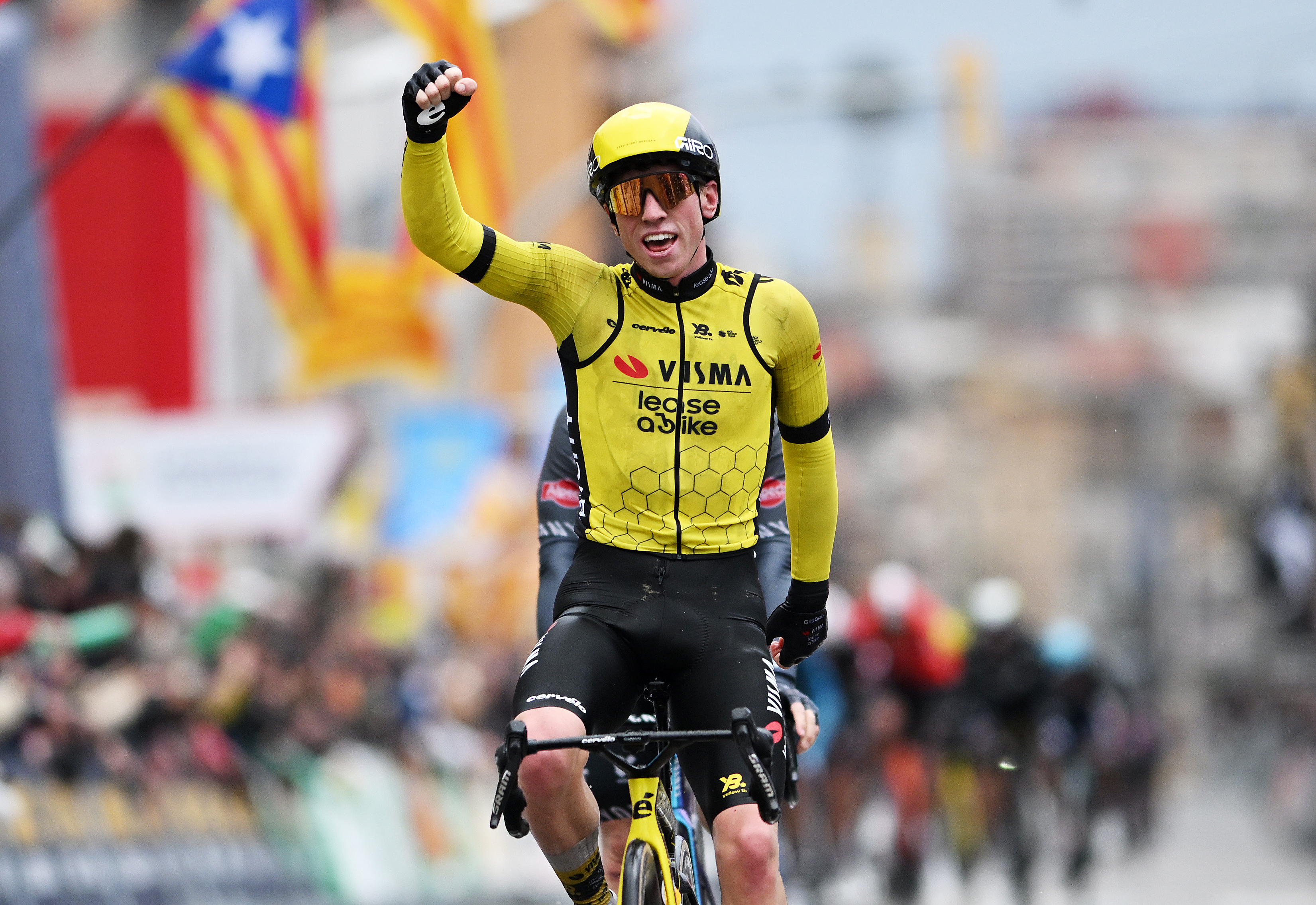 'I continue to amaze myself' - 19-year-old Matthew Brennan set for Paris-Roubaix debut
'I continue to amaze myself' - 19-year-old Matthew Brennan set for Paris-Roubaix debutBritish teenager called up to first Monument with Visma-Lease a Bike
By Tom Davidson Published
-
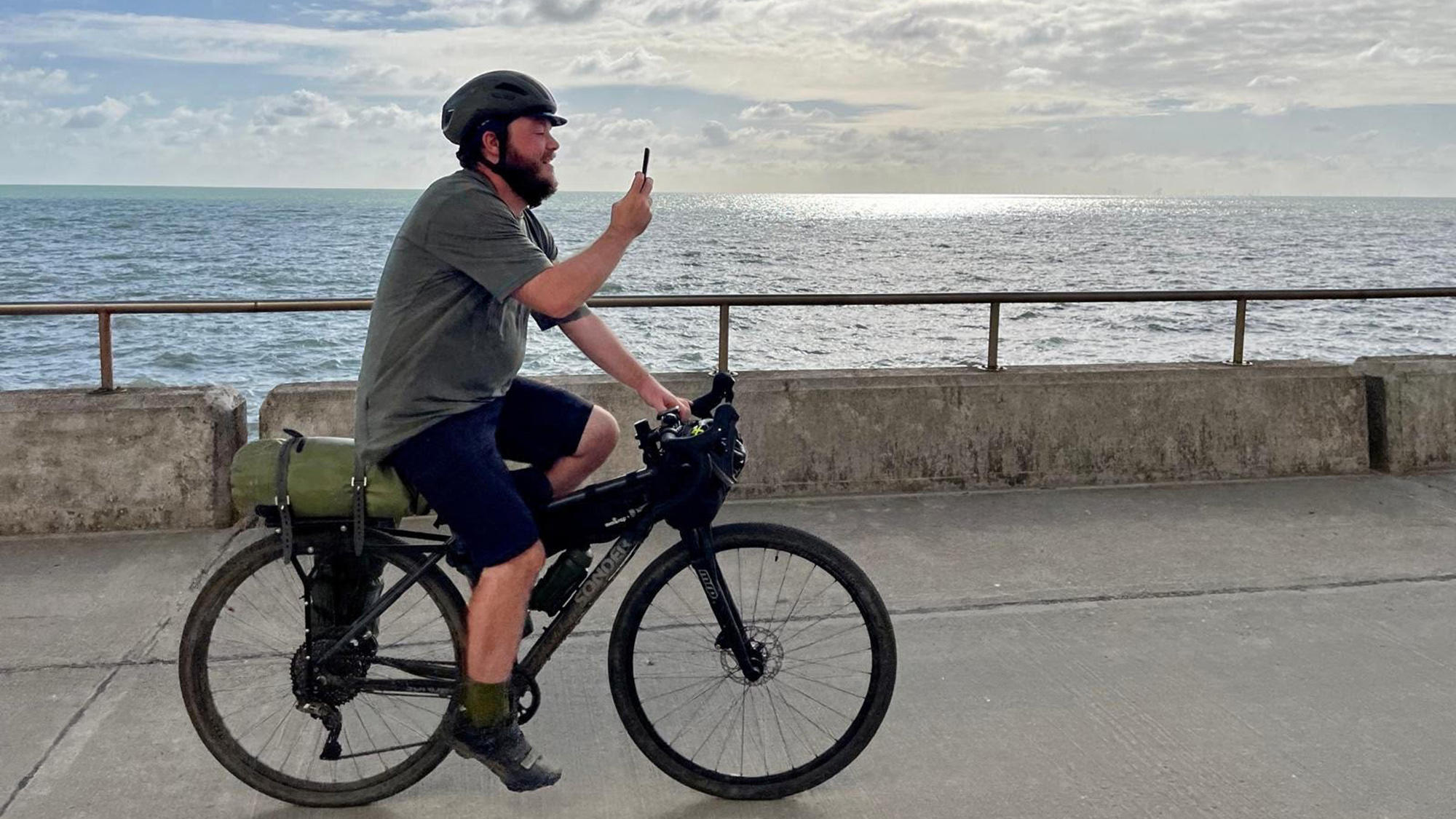 I can't stand seatpacks - it's time to make pannier racks cool again
I can't stand seatpacks - it's time to make pannier racks cool againWho'd want a wagging tail when you can have sturdy pannier bags?
By Matt Ischt-Barnard Published
